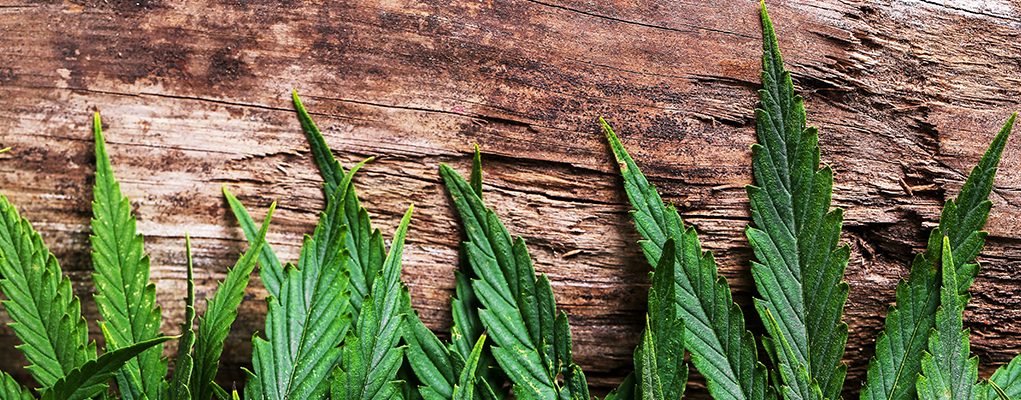The research is based on data obtained from the Population Assessment of Tobacco and Health (PATH) study, which surveys tobacco use behaviour on a national level. Research teams from the University of Alabama at Birmingham and the University of Michigan at Ann Arbor analysed data from a cohort of 9,828 youths who reported never having used cannabis.
The analysed survey responses indicated that adolescents who reported vaping were more likely to have begun using cannabis one year later. These youths were also more likely to be friends with peers who engage in risky behaviours. This latter finding is significant in that previous studies have already concluded that teens willing to experiment with nicotine use are also more likely to engage in risky behaviours and experiment with other substances. Hence the subsequent cannabis use could attribute to this.
In fact, in line with previous findings and countless arguments by public health experts, a recent study of US high school seniors, found that teens who crave excitement are more likely to use multiple illicit substances, including tobacco and vaping products.
Researchers Kevin Tan and Douglas C. Smith, found that those teens who are less satisfied with their lives and seek out risky and exciting experiences are the ones more likely to use multiple illicit substances regularly, including nicotine via e-cigarettes. Additionally, found the study, the participants’ attitude towards vaping also reflected how they viewed other substances.
“Polysubstance users” scored the highest in sensation seeking
Those who considered vaping to be relatively harmless, were more likely to smoke, drink and use other drugs. Referred to “polysubstance users” by the researchers, these teens scored the highest on sensation seeking. Tan and Smith are professors of social work at the University of Illinois, Urbana-Champaign, where Smith is also the director of the Center for Prevention Research and Development.
Polysubstance users comprised about 4% of the study sample, while a second group of teens, who were primarily marijuana users, but also dabbled with cigarettes or e-cigarettes, alcohol and other drugs, comprised about another 24%. Lead study author Kevin Tan highlighted that students receiving the highest scores for sensation-seeking viewed substance use as less harmful than peers who tended to abstain got lower scores, and the latter tended to abstain from drinking, smoking and using drugs.
“While the high school years are typically a time during which risk-taking and sensation-seeking peak, our results indicate that there are marked differences in sensation-seeking among students who regularly use substances compared with those who don’t,” he said.
Similar findings
Two other recent studies looked at the same association. A study recently published in Addictive Behaviors looked for patterns of cannabis use among young individuals who reported ever vaping.
Titled, “Cannabis use among adolescents and emerging adults who use e-cigarettes: Findings from an online, national U.S. Sample,” analysed data from 2253 respondents aged between 14 and 20 who had reported ever using a vape. The research team used cross-sectional data from a national online survey, and described their patterns of cannabis use, and looked into their use of flavored cannabis and tobacco products. The results indicted that 1379 (61%) reported using cannabis in some form or other in the past 30 days, among whom 80% used flavoured cannabis products including edibles.
While a study titled, “Are E-Cigarettes a “Gateway” to Cannabis Use Among Adolescents? It Depends on Mental Health Status,” looked into whether teen vaping led to cannabis use. It examined four years of data, from 2013 to 2017 from teens aged between 12 and 17 via the Population Assessment of Tobacco and Health (PATH) study, a national longitudinal study of tobacco use and how it affects the health of people in the U.S.
The compiled data indicated that actually mental health status significantly affects whether adolescents who use e-cigarettes will begin using cannabis. However, highlighted the research team, the likelihood of this happening varied based on the level of mental well-being of the individual teen.












